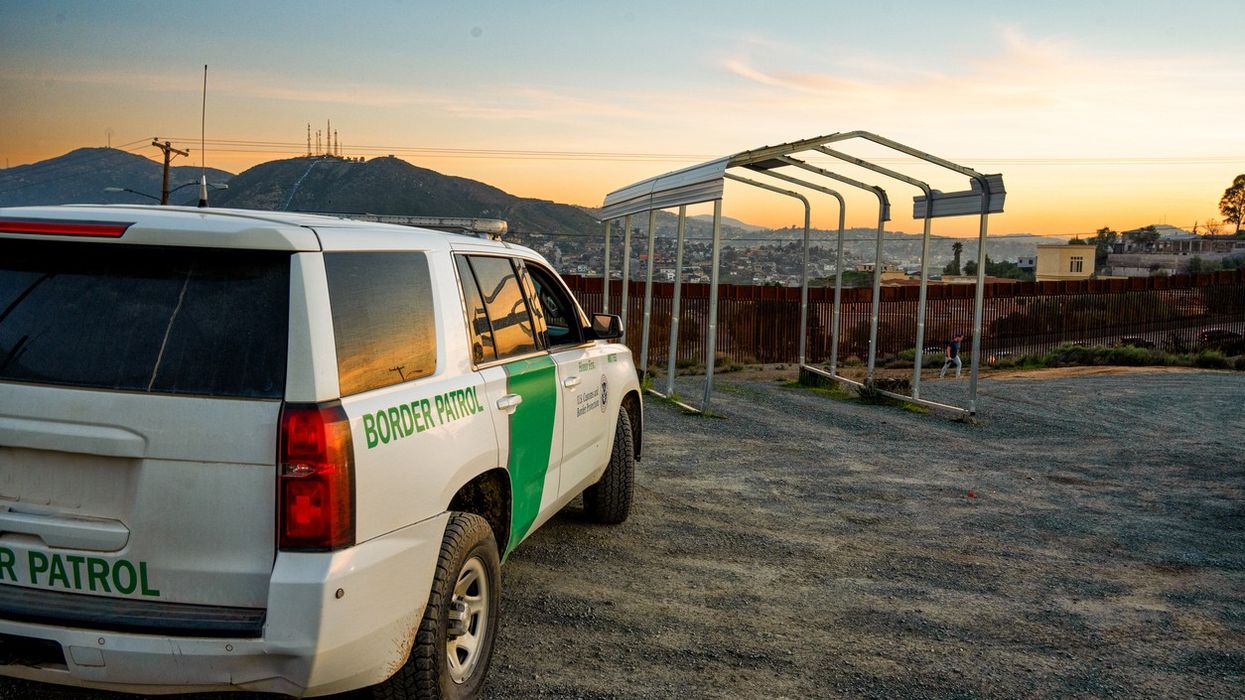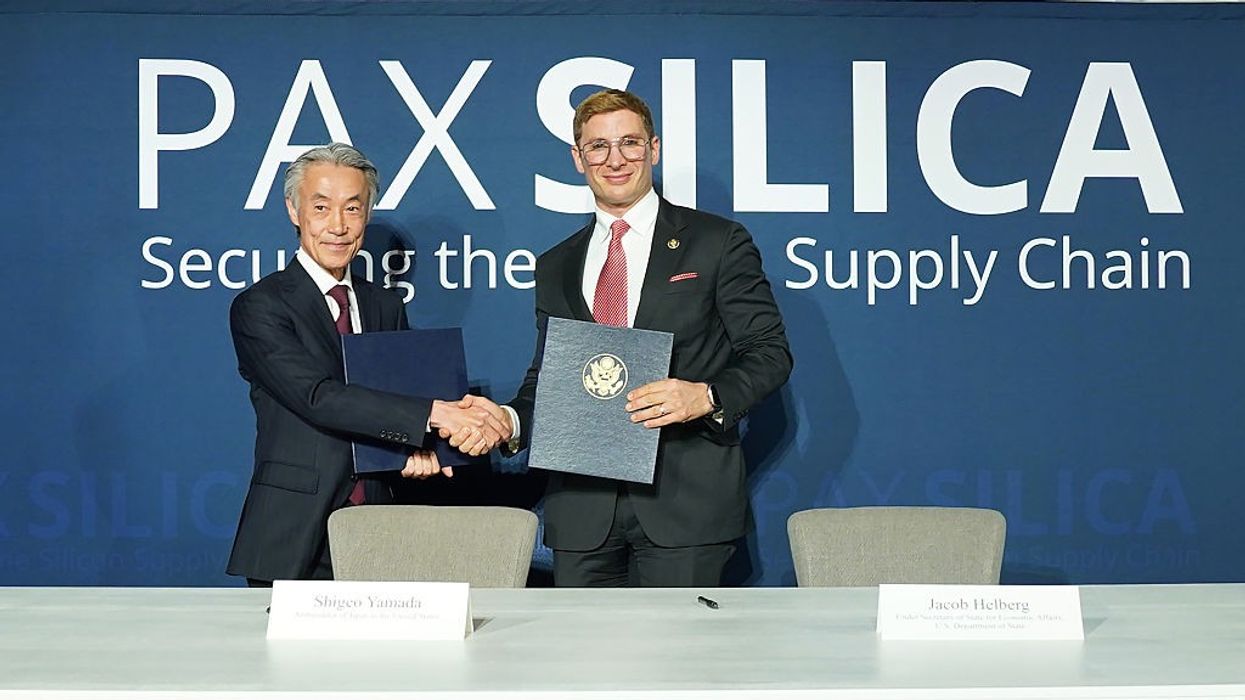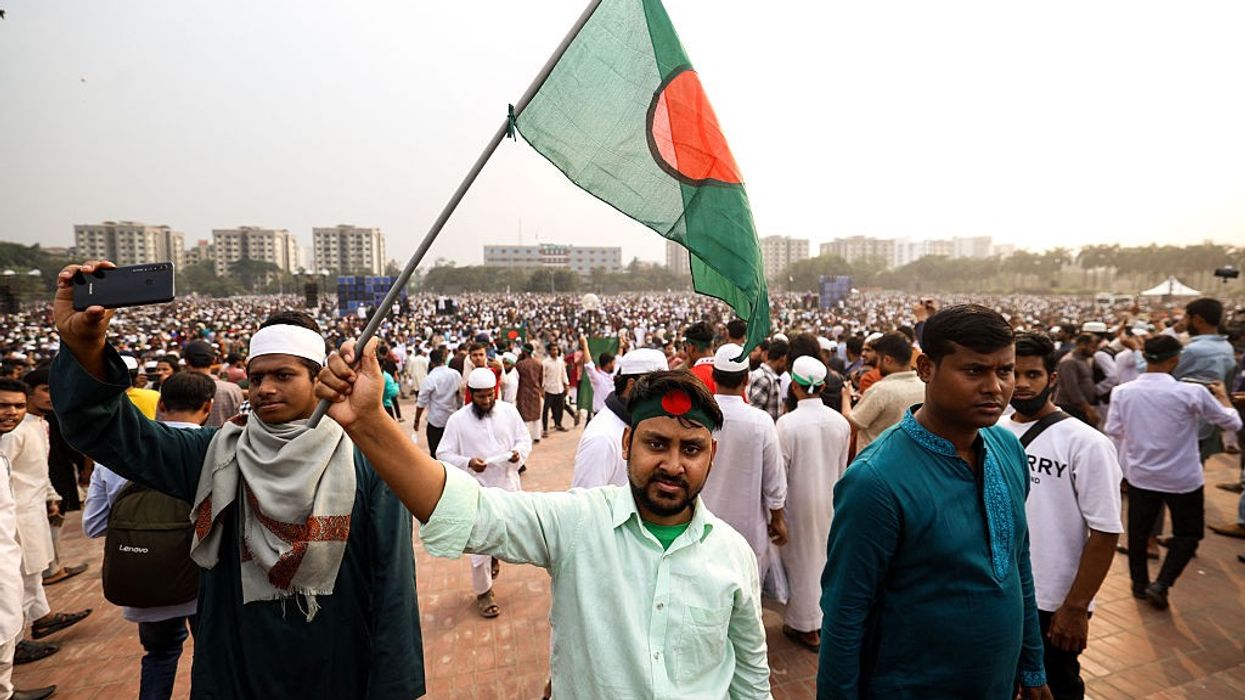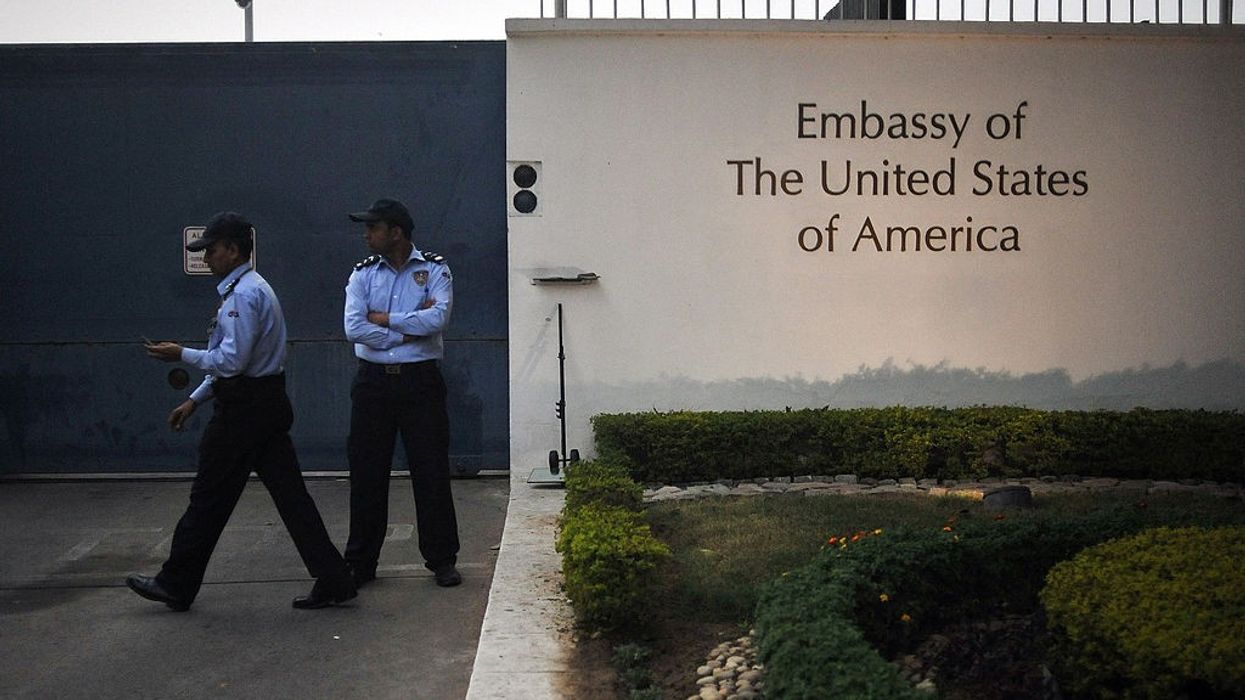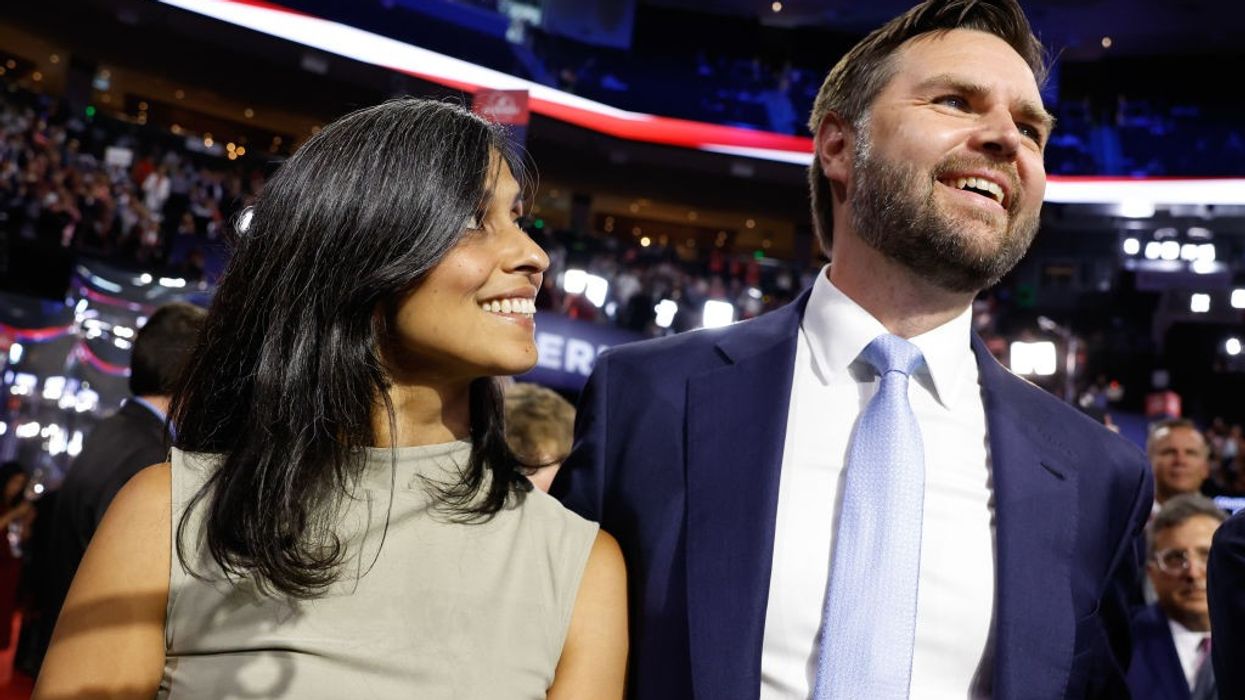Highlights:
- Modi is likely to visit the US in late September 2025 for the UN General Assembly and bilateral talks with president Trump.
- Talks aim to resolve the 50 per cent US tariffs on Indian imports, including penalties over Russian oil purchases.
- Both nations are working on a Bilateral Trade Agreement under ‘Mission 500’ to raise trade to $500 billion by 2030.
- India is watching the August 15 Trump–Putin meeting, hoping a ceasefire could ease geopolitical and trade tensions.
- Strategic Goal – A successful visit could reset ties ahead of Trump’s planned October trip to India for the Quad summit.
Indian prime minister Narendra Modi is expected to travel to the United States in the last week of September 2025, a visit that holds major significance for both diplomatic and economic ties between India and the US.
As reported by Indian Express, the official purpose is to attend the annual United Nations General Assembly (UNGA) session in New York, a central objective will be a high-stakes bilateral meeting with president Donald Trump. Both sides are aiming to break the deadlock on tariffs and announce an ambitious new trade deal during the visit.
Focus on trade, tariffs, and ‘Mission 500’
US-India trade ties have entered choppy waters in recent months following the Trump administration’s imposition of a hefty 50 per cent tariff on Indian imports. This includes a 25 per cent tariff as a penalty for India’s purchases of Russian oil. For India, removing or reducing these tariffs is a priority, as they threaten key export sectors and the broader economic relationship.
During his planned visit, Modi hopes to iron out these differences, with negotiators on both sides working intensively to finalize the terms of a wide-ranging Bilateral Trade Agreement (BTA). Both nations have adopted ‘Mission 500’—a target to more than double their bilateral trade to $500 billion by 2030.
This was first agreed upon during Modi’s previous White House visit in February 2025, which established a framework for multi-sector trade expansion and the reduction of tariff and non-tariff barriers. However, negotiations have stumbled, largely due to disagreements on fair-trade terms and the US president’s dissatisfaction with earlier draft deals.
Russia-Ukraine war: A key variable
A major external factor influencing negotiations is the ongoing war in Ukraine. India, which relies on discounted Russian oil, has faced pressure from the US to scale back purchases. A crucial meeting between Trump and Russian President Vladimir Putin in Alaska on August 15 is being closely watched in Delhi, as a breakthrough in ceasefire talks could reshape energy and sanction dynamics and make it easier for India to negotiate more favorable terms with the US.
Modi has proactively engaged with global stakeholders, having spoken with both Putin and Ukrainian President Volodymyr Zelenskyy in recent days. India has made clear its interest in a swift resolution to the conflict, understanding that stability in Eastern Europe would positively impact India’s diplomatic and economic maneuvering room.
The stakes for Modi’s US visit
For India, the stakes of the visit are high. Beyond the tariff issue, officials are preparing a broader agenda focused on expanding market access, deepening supply chain integration, and increasing cooperation on technology and services. There is also a strategic push to repair any frayed aspects of the partnership; recent months have seen tensions, including public disputes over claims about Indian-Pakistani relations and the sudden hike in US tariffs.
A successful BTA would not only relieve current economic pain but also set a positive stage for a reciprocal visit by President Trump to India in October for the Quad leaders’ summit. It would also send a reassuring signal to investors and businesses affected by the ongoing trade turbulence.
Path ahead: Diplomacy, details, and deadlines
With Modi’s speaking slot at the UNGA already scheduled for September 26 and Trump’s address set for September 23, attention now turns to the negotiators who must finalize a workable deal in time for the leaders’ meeting. Both sides acknowledge that “a lot of moving parts have to fall in place,” as delicate issues around trade, energy, and geopolitics converge.
In the weeks ahead, New Delhi will closely monitor the outcomes of the Trump-Putin talks and keep dialogue lines open with key US stakeholders, aiming to use Modi’s visit as a diplomatic fulcrum for lasting solutions on tariffs, trade, and global security.
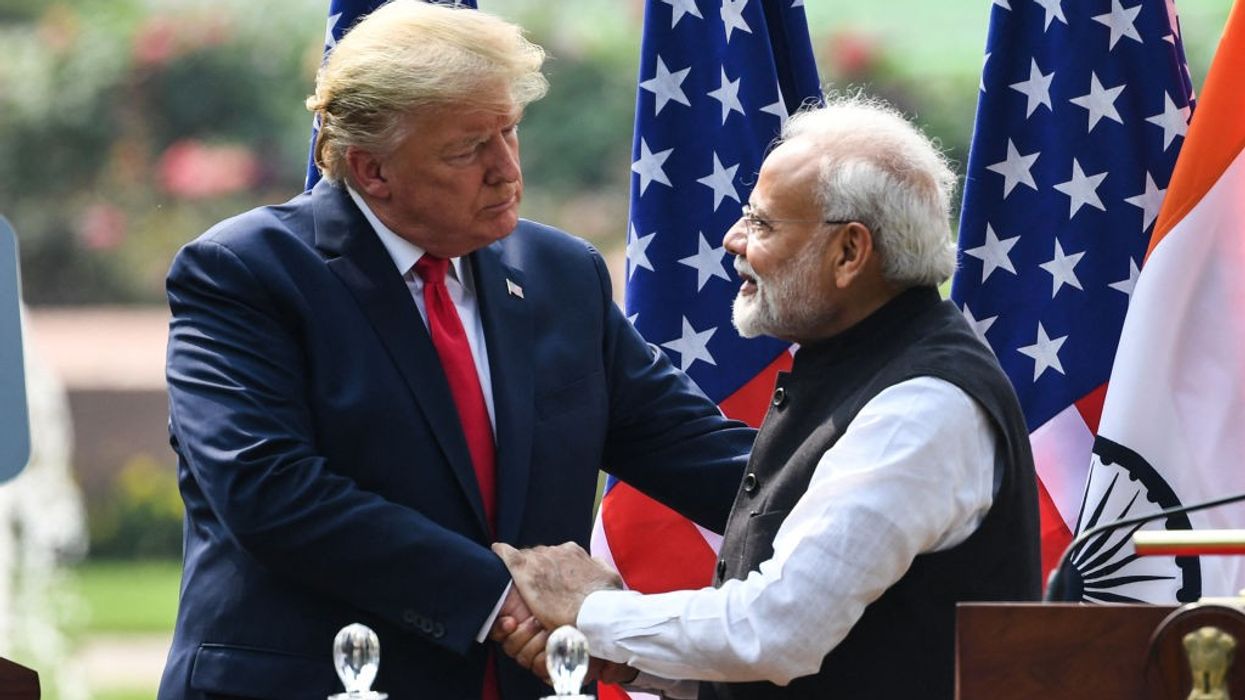


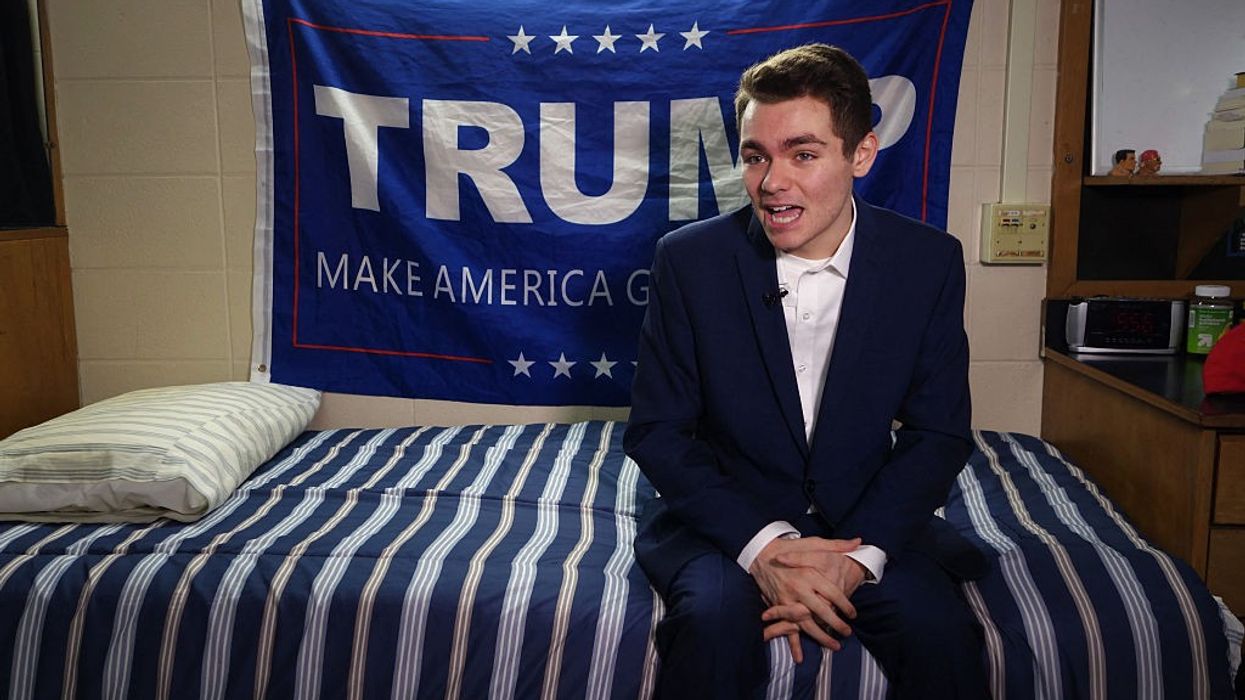
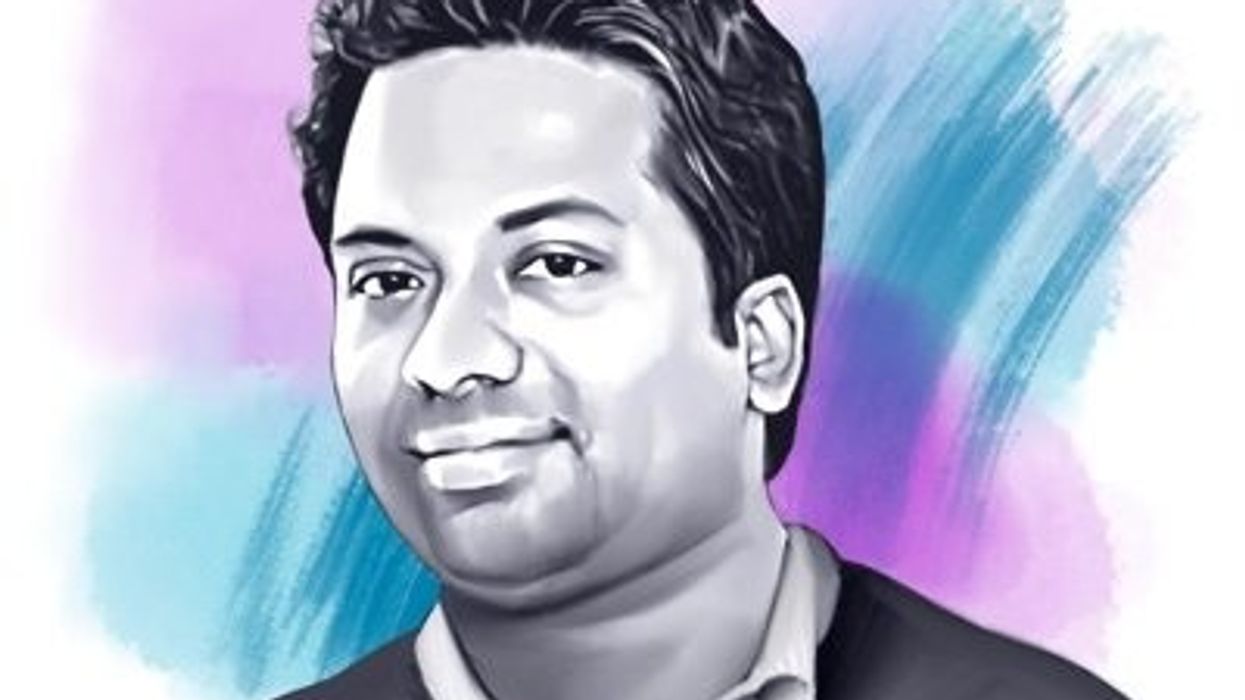
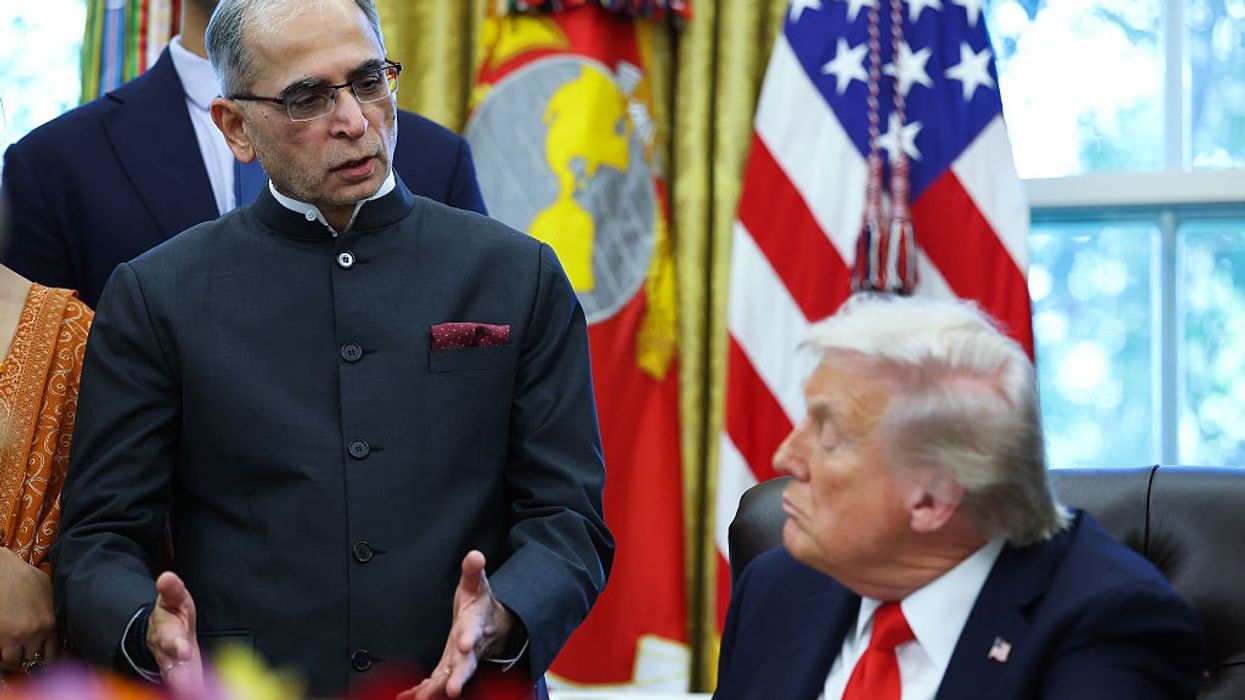

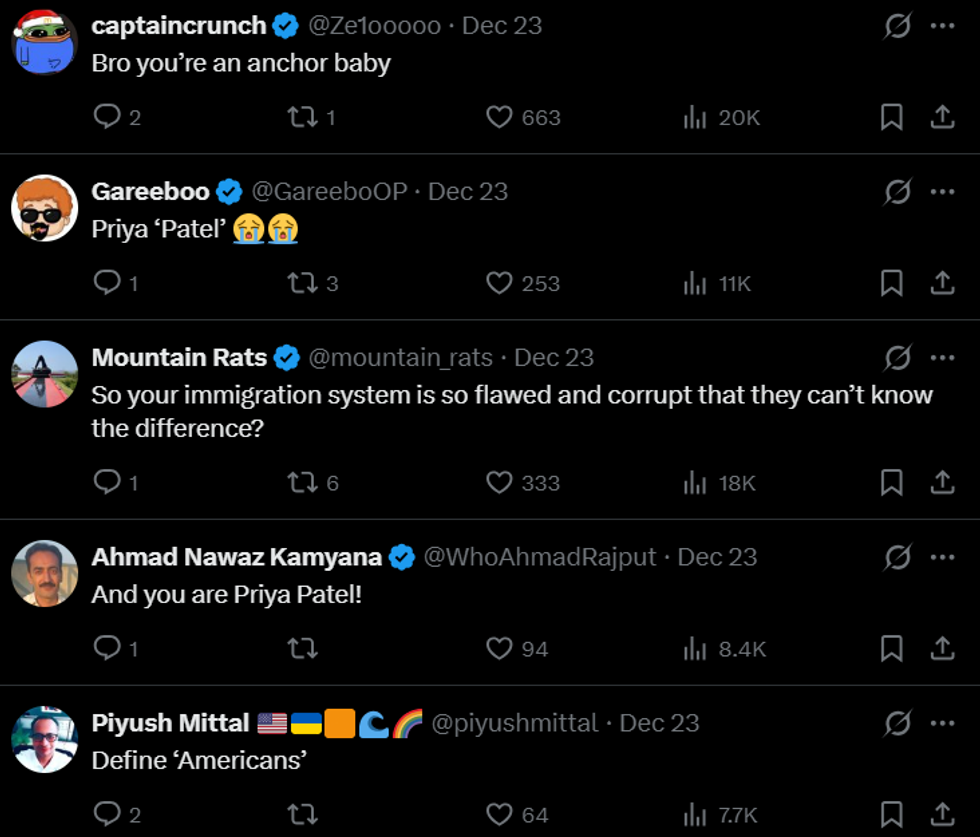 X
X